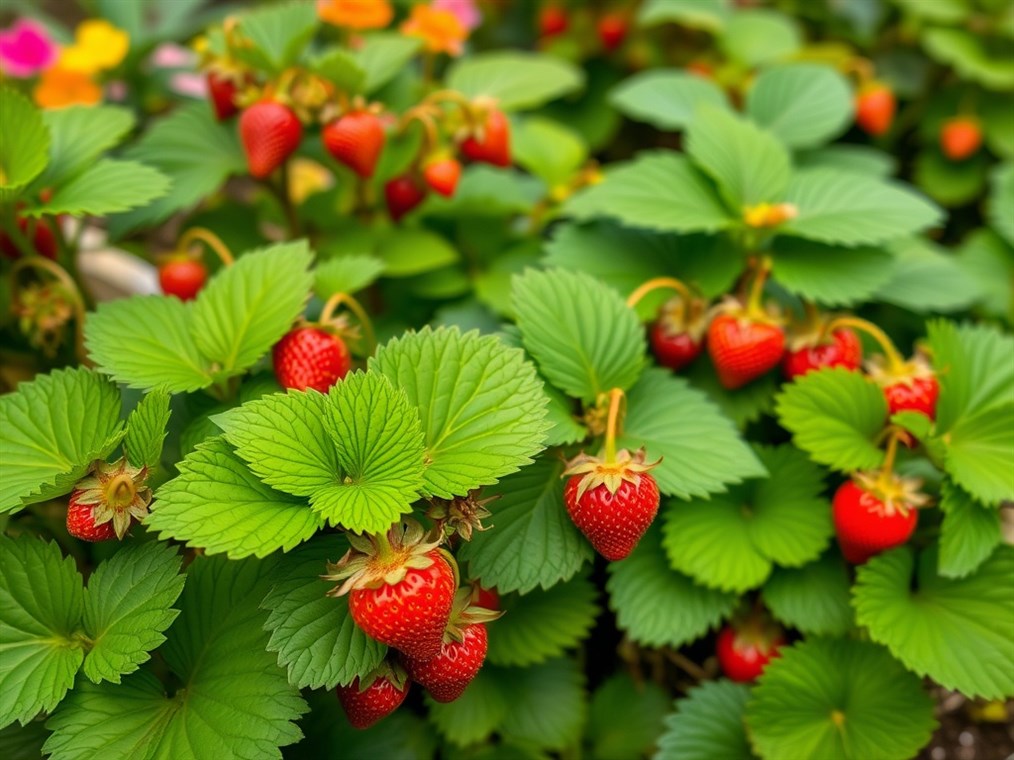Decoding Strawberry Leaves: They’re More Interesting Than You Think!
Strawberries! Those little red bursts of summer joy. We all love to pop them straight from the garden, right? But have you ever really looked at a strawberry plant? I mean, beyond just spotting the ripe berries? You might be surprised. Sure, you can call the green bits “strawberry leaves,” and no one will bat an eye. But there’s a whole fascinating story hiding in those leaves, just waiting to be uncovered.
So, what’s the deal? Well, strawberry leaves aren’t just any old leaves. They’re actually compound leaves. Think of it like this: instead of one big leaf, you get a team of three smaller leaflets working together. That’s what makes them trifoliate. Each little leaflet is usually oval-shaped, with edges that look like they’ve been given a tiny, adorable saw-tooth trim.
Now, if you want to get all fancy and botanical (which, let’s be honest, is kind of fun), the common garden strawberry is officially known as Fragaria × ananassa. It’s a hybrid, a cross between two other strawberry varieties. Wild strawberries, Fragaria vesca, are another type you might stumble upon. But whether you’re dealing with the garden variety or its wild cousin, those trifoliate leaves are a dead giveaway.
Where do these leaves come from? They sprout from the crown, that central hub of the plant snuggled right at the soil’s surface. Each leaf is connected to the crown by a stalk, called a petiole. And at the base of that petiole? You’ll find a little bonus – a stipule, which looks like a tiny extra leaf. Nature’s full of surprises, isn’t it?
Here’s a trick question: what are those leafy-looking things right on top of the strawberry itself? Are those leaves? Nope! Those are the calyx, made up of sepals. Think of them as modified leaves that protected the flower bud before it bloomed and became a delicious berry. They’re like the strawberry’s little green hat!
Of course, these leaves aren’t just for show. They’re the plant’s powerhouses. They’re where photosynthesis happens – that amazing process where sunlight gets turned into energy. Thanks to chlorophyll, the green pigment in the leaves, the plant can whip up sugars for growth and, most importantly, for making those sweet, juicy strawberries we all crave.
And get this: people have even used strawberry leaves for medicinal purposes! Strawberry leaf tea has been used as a natural remedy. Who knew?
So, next time you’re enjoying a handful of fresh strawberries, take a moment to appreciate the leaves. Knowing they’re trifoliate leaves attached to the crown by petioles gives you a whole new level of strawberry appreciation. And remember, the calyx is the berry’s hat, not its leaves! Now you’re a strawberry leaf expert!

